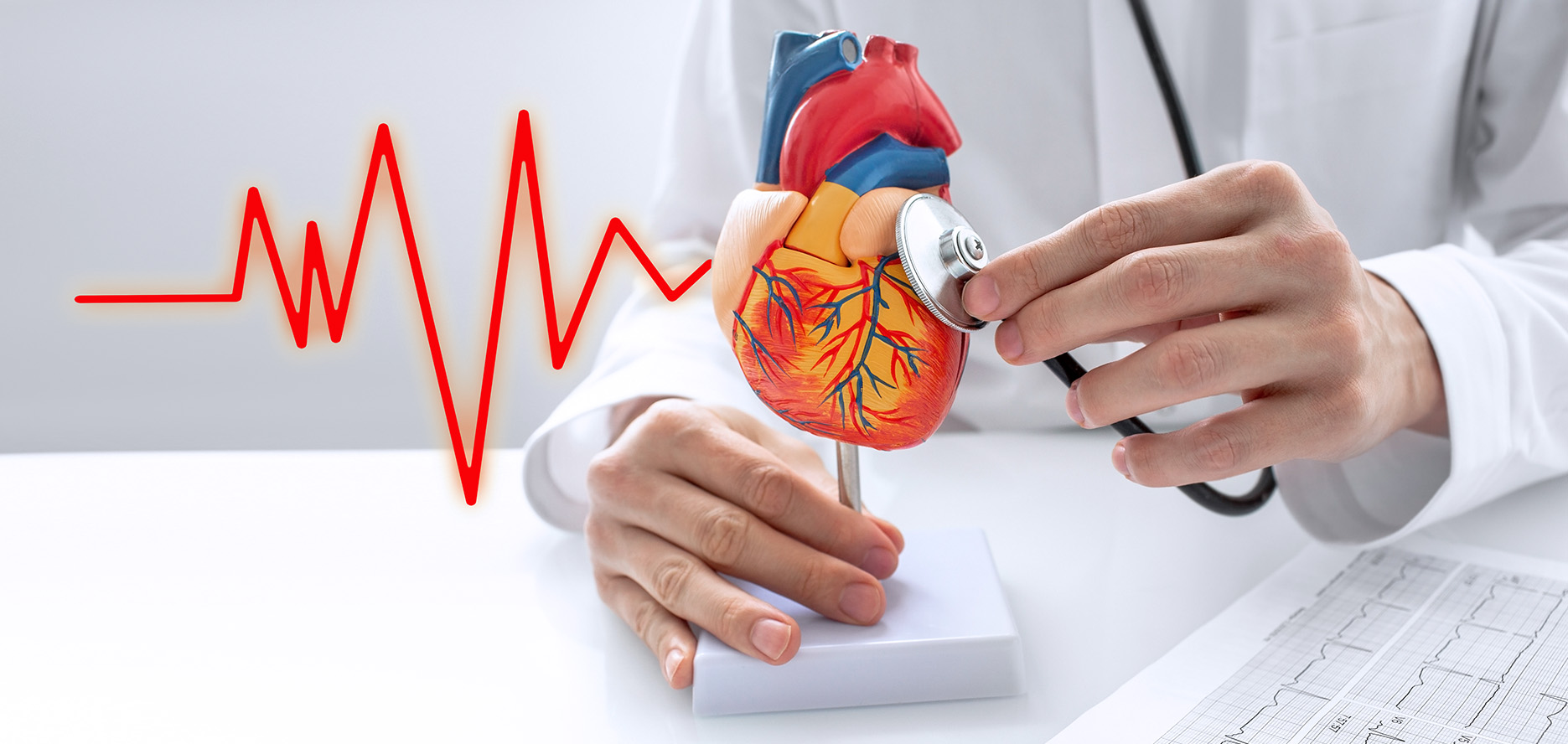Heart disease may claim the top spot as the leading cause of death in both men and women, yet the way it manifests and develops in each gender can be worlds apart. Let’s delve into seven critical distinctions between men and women when it comes to heart disease, exploring the fascinating realm where biology, symptoms, risk factors, and treatments intersect.
1. Unveiling the Biological Differences
Men and women aren’t merely different on the outside; these distinctions extend deep within. From anatomy and physiology to lungs, brains, muscles, and joints, the contrasts are evident. The cardiovascular system, too, is not immune to these differences. In comparison to men, women tend to have smaller hearts and narrower blood vessels.
These biological disparities mean that heart disease can take on a different trajectory in women compared to men. Remarkably, it was only recently that women with heart disease began receiving diagnoses and treatments tailored to their unique needs.
2. Cholesterol Buildup’s Gender-Specific Routes
A heart attack usually results from the accumulation of cholesterol plaque within artery walls, causing damage to major blood vessels. Here’s the intriguing part: men and women tend to accumulate this plaque in different areas of their hearts.
For men, this plaque typically builds up in the largest arteries supplying blood to the heart. Women, on the other hand, are more likely to develop this buildup in the heart’s tiniest blood vessels, known as the microvasculature.
Yet, there’s more to heart disease than just cholesterol accumulation. Inflammation also plays a vital role and may contribute to the variations observed in women dealing with heart disease.
3. Decoding Divergent Heart Attack Symptoms
A heart attack doesn’t always adhere to the same script for women as it does for men. In typical cases, men usually present to the cardiologist in Buckeye with chest pressure as their predominant symptom.
Women, too, experience chest pressure, but they are more inclined than men to report additional symptoms such as nausea, sweating, vomiting, and pain radiating to the neck, jaw, throat, abdomen, or back.
4. Mimicking Heart Attacks: More Common in Women
Women have an increased propensity to experience conditions that mimic the symptoms of a heart attack. They may encounter issues like coronary spasms, coronary dissections, or Takotsubo cardiomyopathy, also known as “broken heart syndrome” – an inflammatory response causing the heart to enlarge following emotional stress.
Surprisingly, it’s still relatively under-recognized among healthcare providers that heart disease isn’t one-size-fits-all. It can be a revelation for them to realize the array of alternative diagnoses they should consider when evaluating a female patient.
5. Gender-Centric Risk Factors
A woman’s reproductive history can significantly influence her risk of developing heart disease. Surprisingly, diseases that manifest during pregnancy, such as preeclampsia and gestational diabetes, can serve as potent predictors of future heart disease risk.
A research study from 2016 uncovered that women under 40 with endometriosis were three times more likely to experience a heart attack, chest pain, or require treatment for blocked arteries when compared to women without endometriosis in the same age group.
For women grappling with endometriosis, preeclampsia, or gestational diabetes, embracing heart-healthy lifestyle choices is essential. It’s crucial to acquaint yourself with the signs and symptoms of a heart attack and ask your cardiologist in Goodyear AZ to assess your heart disease risk.
6. Tailored Diagnostic Care for Men and Women
When a woman presents with signs and symptoms suggestive of a heart attack, her diagnostic journey may differ from that of a man. For instance, while both genders undergo cardiac troponin (cTn) testing to gauge troponin levels – a protein released in the blood following heart muscle damage – the thresholds defining a heart attack may differ between men and women.
In some cases, women might indeed be experiencing a heart attack, yet their condition may fall below the detection threshold. Thus, there’s a gradual shift towards adopting sex-specific thresholds for particular diagnostic tests.
Moreover, diagnostic procedures such as cardiac catheterization, which have long been the gold standard for diagnosing heart attacks, primarily focus on large arteries. Since women tend to experience more plaque buildup in the smallest arteries, this test may not be the most suitable for diagnosing heart disease in women.
As a potential solution, clinicians are exploring alternatives such as cardiac MRI to detect heart inflammation and intravascular ultrasound to better visualize heart disease in women.
7. Gender-Adapted Treatment Approaches
The medical community has amassed years of experience in managing the typical cholesterol plaque buildup in large heart arteries. However, understanding how to address plaque in the microvasculature or inflammation of the heart remains a more challenging feat.
Having said that, a growing number of healthcare providers, especially cardiologists in Goodyear AZ, are beginning to approach treatment decisions while keeping in mind that women may benefit from treatments tailored to their unique requirements. This may involve subtle adjustments in pacemaker settings or variations in angioplasty techniques.
Ultimately, clinical trials will play a pivotal role in elucidating the distinctions in treatment approaches for men and women. The commitment to exploring these differences and translating discoveries into clinical care remains at the heart of our mission.
Embrace a Heart-Healthy Lifestyle
Preventing heart disease is attainable, even if you have a family history of it. Lifestyle changes can have a significant impact on preventing cardiovascular disease or mitigating its progression.
It’s essential to be able to recognize the signs and symptoms of a heart attack, which can encompass discomfort, pressure, burning, or squeezing sensations in the chest, along with pain in the chest, neck, arm, or back.
Remember, heart attack symptoms can vary from person to person and differ between men and women. Women are more expected to undergo sweating, nausea, vomiting, as well as pain in the neck, jaw, throat, back, or abdomen. If you ever find yourself concerned about these symptoms, don’t hesitate to reach out to our cardiologist in Buckeye for guidance



